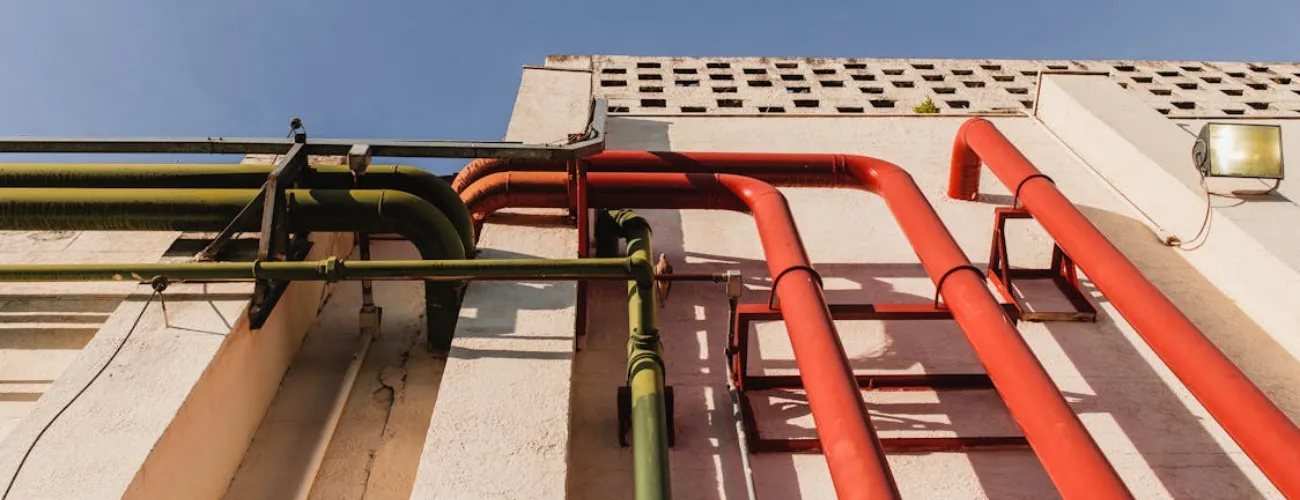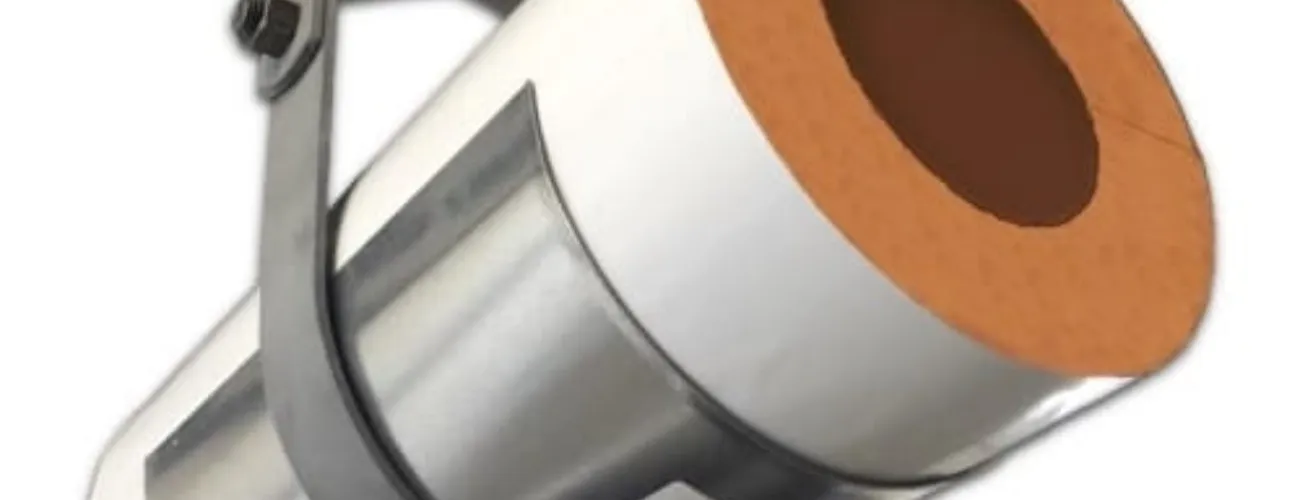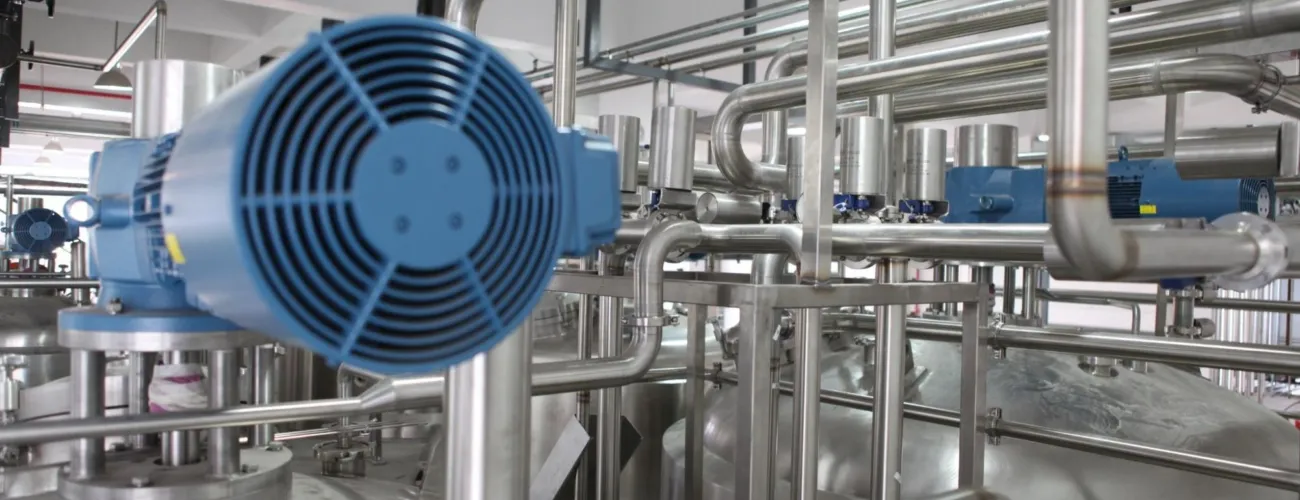Fire-Rated Pipe Insulation Explained

Maintaining a comfortable and energy-efficient environment in commercial and industrial properties can be complex. HVAC systems are crucial, with HVAC pipes at their core.
Pipe insulation is key for optimal system performance, from ventilation to meeting regulations. This guide delves into HVAC pipe insulation, often overlooked, for energy efficiency and regulation compliance.
Understanding the Importance of HVAC Pipe Insulation
Proper insulation helps to maintain temperature levels, prevents condensation, and reduces energy wastage. In the context of large-scale commercial properties, the significance magnifies, as any inefficiency can quickly lead to substantial monetary losses.
Commercial HVAC systems are vast and complex, lined with a spider-web of pipes that are subjected to a range of environmental conditions. Improperly insulated pipes not only lead to the escape of valuable heating or cooling, but may also result in significant moisture-related damage over time.
Selecting the Right HVAC Pipe Insulation Materials
To ensure optimal performance, consider these key factors:
- Thermal Conductivity: Aim for materials with low thermal conductivity for better insulation.
- Moisture Protection: Choose materials that effectively prevent condensation and mold growth.
- Fire Rating and Acoustic Control: Ensure the material meets safety standards and can reduce noise.
Materials like fiberglass, polyethylene, mineral wool, elastomeric foam, and cellular glass cater to diverse needs, from chemical resistance to fire safety and flexibility.
The Optimal Insulation Thickness
Insulation thickness is crucial for efficiency. The thicker it is, the better it traps heat or blocks it from entering the system. While thicker insulation may require a higher initial investment, it pays off with energy savings in the long run. Consider factors like the desired temperature of the substance in the pipe, the pipe material, and the environmental conditions. Industry standards and building codes, such as those in the ASHRAE Handbook offer minimum thickness recommendations. Collaborating with a professional alongside these standards helps ensure that your insulation is effective and compliant.
Insulation Specification and Standards
Properly specifying insulation material requires attention to detail. This should include considerations such as the insulation’s compressive strength, thermal resistance (R-value), and the vapor retarder’s position in the insulation assembly.
The American Society for Testing and Materials (ASTM) develops technical standards for materials, products, systems, and services used around the globe. In the U.S., these standards often correspond to regulatory requirements and provide a benchmark for product specifications.
How to Insulate HVAC Pipes

Assess the Pipes and Environments
Begin by assessing the HVAC pipe network and the environments it serves. Take note of pipe diameters, material, accessibility, and the expected heat loads and process temperatures. These factors will inform material selection and thickness requirements.
Preparation
Preparation is key. Clean the pipe surfaces to ensure proper adhesion of the insulation material. Any oil, dust, or debris can act as a barrier and diminish insulation performance.
Measuring and Cutting the Insulation Material
Take precise measurements of each pipe to ensure a snug and accurate fit. Cut the insulation to the required length and diameter, keeping in mind the material’s thermal expansion properties where necessary.
Fitting and Fastening
Slide the insulation over the pipe and ensure that it’s flush against the pipe surface without gaps. Secure the insulation with fitting and fastening accessories, such as insulation support rings or tapes.
Vapor Retarders
In areas with high humidity, a vapor retarder can be a crucial component in preventing moisture accumulation within the insulation system. Follow the manufacturer’s guidelines for the proper installation of vapor retarders in conjunction with other insulation materials.
Insulation Saddle Installation
Pipe insulation saddles can be used to support and secure the insulation system on the pipe. They help to prevent the insulation from compressing or slipping and can be especially important in high-traffic areas or for vertical piping.
Regular Maintenance
Regular inspection and maintenance of the HVAC pipe insulation system are essential. Over time, insulation can degrade, or gaps may develop. Prompt repairs and, if required, the replacement of the insulation, are essential to maintaining the system’s efficiency.
By following these steps, you can ensure your HVAC pipes are protected and your building’s systems run optimally, contributing to energy savings and the reduction of your property’s carbon footprint.
Selecting the Right HVAC Pipe Insulation Support System

The insulation is only as good as its support system. Insulation support systems play an integral role in maintaining the integrity and effectiveness of the insulation.
Pre-insulated pipe supports provide a tailored approach to supporting insulated pipes, with options suited for various load capacities, pipe sizes, and environmental conditions.
Pipe supports can prevent insulation system damage and maintain the prescribed insulation thickness, contributing to the overall fire-stop and smoke control systems within a building.
Enhancing Energy Efficiency with Pipe Insulation Saddle Technology
Pipe insulation saddles are a new innovation that improves the efficiency of your insulation system. They keep the insulation’s R-value intact, protect it from sagging or damage, and offer a neat, attractive finish.
Transform Your HVAC Efficiency with Buckaroos® Support Systems
Elevate your HVAC efficiency and system integrity with Buckaroos® advanced pipe support and saddle solutions. While proper pipe insulation is crucial for energy conservation and performance, integrating our robust supports will ensure that your insulation works effectively and lasts longer.
Contact us today for more information!

Carrie Powers
Carrie channels her passion for innovative solutions in the construction industry for Buckaroos. With a deep understanding of Buckaroos' leading insulated pipe support systems and insulation protection shields, Carrie ensures that building owners, engineers, and installers are well-equipped with the best tools and products. Her dedication to digital transformation and customer engagement helps Buckaroos maintain its reputation as a trusted resource for professional insulators across North America and Canada.
Featured articles
Industrial Pipe Hangers and Supports
Steam Pipe Insulation 101: Materials and Supports
8 Types of Pipe Supports and Their Features
Understanding Industrial Pipe Insulation and the Options





